Home>Gardening & Outdoor>Landscaping Ideas>When To Plant Fescue Grass In Tennessee
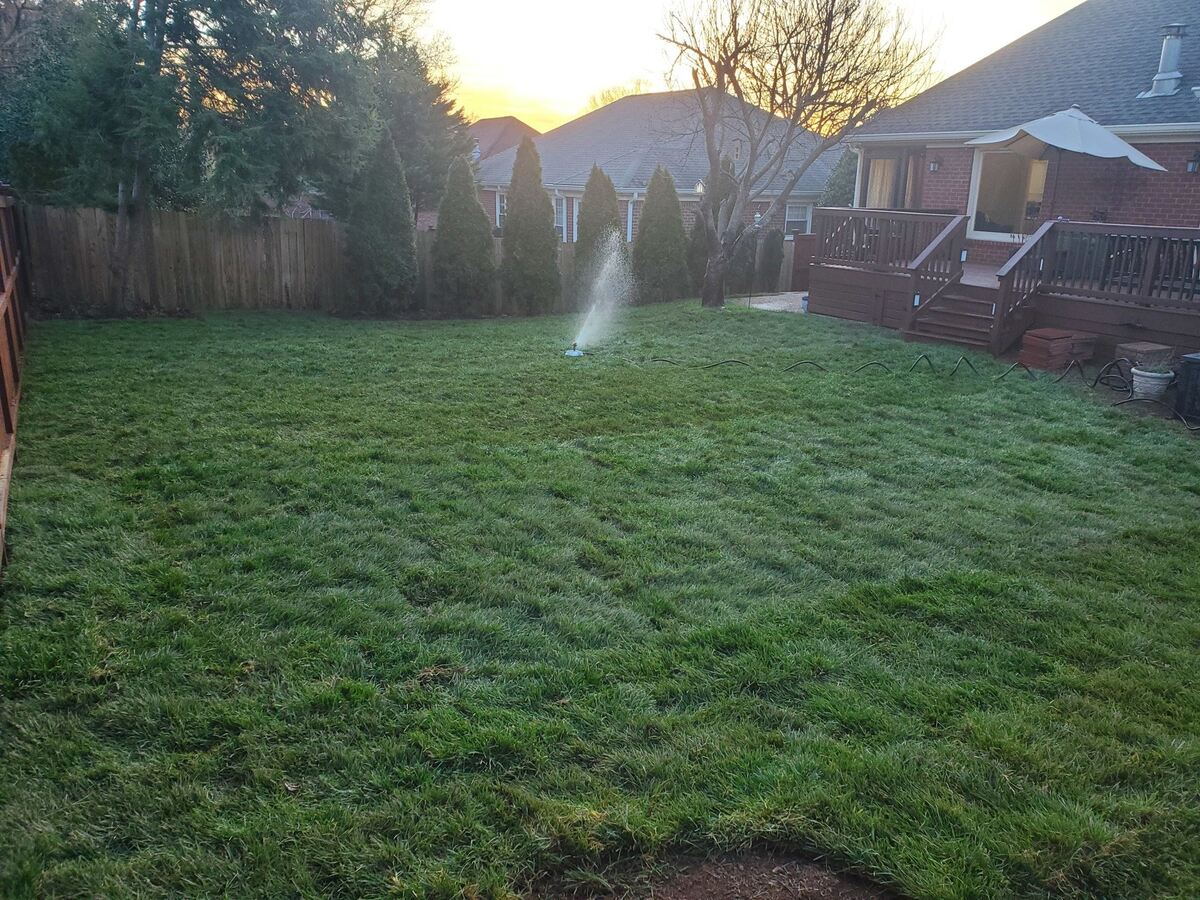

Landscaping Ideas
When To Plant Fescue Grass In Tennessee
Published: February 2, 2024
Discover the best time to plant fescue grass in Tennessee and enhance your landscaping with expert tips and ideas. Start your landscaping project with confidence!
(Many of the links in this article redirect to a specific reviewed product. Your purchase of these products through affiliate links helps to generate commission for Storables.com, at no extra cost. Learn more)
Best Time to Plant Fescue Grass in Tennessee
Planting fescue grass in Tennessee requires careful consideration of the timing to ensure optimal growth and establishment. The best time to plant fescue grass in Tennessee is during the fall season, specifically from late August to early October. This period provides the ideal conditions for the grass to take root and flourish.
During the fall, Tennessee experiences cooler temperatures and increased precipitation, creating a favorable environment for fescue grass to germinate and develop strong roots. Planting during this time allows the grass to establish itself before the arrival of harsh winter conditions. Additionally, the reduced competition from warm-season grasses during the fall enables fescue to thrive without being overshadowed.
By choosing to plant fescue grass in the fall, homeowners in Tennessee can take advantage of the grass's natural growth cycle. During this time, the cooler temperatures promote steady growth while minimizing stress on the newly planted grass. This sets the stage for robust growth in the following spring, allowing the fescue to develop a healthy and lush appearance.
It's important to note that planting fescue grass in Tennessee during the fall also aligns with the state's climate and soil conditions. The moderate temperatures and ample moisture create an optimal setting for successful germination and establishment. This timing allows the grass to develop a strong root system, which is crucial for withstanding the variable weather patterns that Tennessee experiences throughout the year.
In summary, the best time to plant fescue grass in Tennessee is during the fall, from late August to early October. By choosing this opportune moment, homeowners can set the stage for vibrant and resilient fescue grass that will thrive in the Tennessee climate.
Key Takeaways:
- Plant fescue grass in Tennessee during the fall, from late August to early October, for optimal growth. Cooler temperatures and increased precipitation create the perfect conditions for the grass to thrive.
- Before planting fescue grass, consider climate, sunlight, maintenance, pests, and long-term goals. Follow meticulous steps for planting and maintain the lawn with regular watering, fertilization, mowing, aeration, weed control, and overseeding.
Read more: When To Plant Grass Seed In Tennessee
Factors to Consider Before Planting Fescue Grass
Before embarking on the process of planting fescue grass in Tennessee, several crucial factors should be carefully evaluated to ensure the successful establishment and long-term health of the grass. These considerations play a pivotal role in determining the suitability of fescue grass for the specific environment and the level of maintenance it may require. By taking these factors into account, homeowners can make informed decisions and set the stage for a thriving fescue lawn.
1. Climate and Soil Conditions
The climate and soil composition of Tennessee significantly influence the success of fescue grass. It's essential to assess the local climate, including temperature ranges, precipitation levels, and seasonal variations. Fescue grass thrives in cooler climates, making it well-suited for Tennessee's transitional climate with distinct seasons. Additionally, understanding the soil composition, drainage capabilities, and pH levels is crucial for determining the grass's adaptability to the specific area.
2. Sunlight Exposure
The amount of sunlight the planting area receives is a critical factor to consider. Fescue grass generally prefers partial to full sunlight, making it important to assess the sun exposure in the intended planting location. Areas with excessive shade or intense sunlight may not be conducive to fescue grass growth, potentially impacting its overall health and appearance.
3. Maintenance Requirements
Before planting fescue grass, homeowners should consider the level of maintenance they are willing to commit to. Fescue grass typically requires regular watering, fertilization, and mowing to maintain its lush and vibrant appearance. Understanding the maintenance demands of fescue grass can help homeowners make informed decisions based on their available time and resources.
Read more: When To Plant Tall Fescue Grass
4. Pest and Disease Resistance
Assessing the susceptibility of fescue grass to common pests and diseases prevalent in Tennessee is essential. By understanding the potential threats to the grass's health, homeowners can implement preventive measures and choose fescue varieties known for their resistance to local pests and diseases.
5. Long-Term Goals
Considering the long-term goals for the fescue lawn is crucial. Whether the aim is to establish a durable and visually appealing lawn for recreational activities or to enhance the property's curb appeal, aligning the planting decisions with these objectives can guide the selection of fescue grass varieties and the overall approach to lawn care.
By carefully evaluating these factors before planting fescue grass in Tennessee, homeowners can make informed decisions that align with the local climate, soil conditions, and their long-term lawn care goals. This thoughtful approach sets the stage for a successful fescue lawn that thrives in the Tennessee environment.
Steps for Planting Fescue Grass in Tennessee
-
Prepare the Soil: Begin by preparing the soil in the intended planting area. Remove any debris, such as rocks or roots, and ensure that the soil is well-aerated. Loosening the soil to a depth of 4-6 inches allows for better root penetration and overall grass establishment.
-
Test the Soil pH: Conduct a soil pH test to determine the acidity or alkalinity of the soil. Fescue grass thrives in slightly acidic to neutral soil with a pH range of 5.5 to 7.5. Based on the test results, amend the soil with lime to raise the pH or elemental sulfur to lower it, ensuring an optimal growing environment for the grass.
-
Select High-Quality Seeds: Choose high-quality fescue grass seeds that are well-suited for the Tennessee climate. Opt for a blend of fescue varieties, such as tall fescue or fine fescue, to enhance the lawn's resilience and visual appeal.
-
Seed Distribution: Evenly distribute the fescue grass seeds across the prepared soil using a seed spreader. Aim for a seeding rate of approximately 6-8 pounds per 1,000 square feet to achieve optimal coverage and density.
-
Raking and Rolling: After seeding, gently rake the soil to ensure good seed-to-soil contact, which is essential for germination. Follow this by lightly rolling the area with a lawn roller to further press the seeds into the soil, promoting successful germination.
-
Watering: Thoroughly water the seeded area immediately after planting to ensure the soil is adequately moist. It's crucial to keep the soil consistently moist during the germination period, typically 7-14 days, to support the emergence of young fescue seedlings.
-
Fertilization: Once the fescue grass has established and reached a height of 3 inches, apply a high-quality starter fertilizer to provide essential nutrients for healthy growth. Follow the manufacturer's recommendations for the appropriate application rate and timing.
-
Mowing and Maintenance: As the fescue grass continues to grow, maintain a regular mowing schedule, typically at a height of 2.5 to 3.5 inches, to encourage dense and vigorous growth. Additionally, implement a consistent watering and fertilization regimen to support the long-term health of the fescue lawn.
By following these meticulous steps for planting fescue grass in Tennessee, homeowners can establish a resilient and visually appealing lawn that thrives in the unique climate and soil conditions of the region.
Tips for Maintaining Fescue Grass in Tennessee
Maintaining fescue grass in Tennessee requires consistent care and attention to ensure its long-term health and vibrant appearance. By implementing the following tips, homeowners can effectively nurture their fescue lawn, allowing it to thrive in the unique climate and soil conditions of Tennessee.
Read more: When To Plant Kentucky 31 Fescue Grass Seed
1. Regular Watering
Proper hydration is essential for fescue grass, especially during the hot and dry periods that Tennessee often experiences. It's crucial to establish a consistent watering schedule, aiming for deep and infrequent watering to encourage deep root growth. During the summer months, when rainfall may be insufficient, supplement the lawn with additional irrigation to prevent the grass from becoming stressed and brown.
2. Fertilization
Fescue grass benefits from regular fertilization to maintain its lush and vibrant green color. Utilize a high-quality, slow-release fertilizer specifically formulated for fescue lawns. Applying fertilizer in the early spring and late fall provides the grass with essential nutrients for robust growth and helps fortify it against environmental stressors.
3. Mowing Practices
Adopting proper mowing practices is crucial for the health of fescue grass. Maintain a mowing height of 2.5 to 3.5 inches, adjusting the height based on the season and growth rate. Avoid removing more than one-third of the grass blade length in a single mowing session to prevent stress on the lawn. Additionally, keep the mower blades sharp to ensure clean cuts and minimize the risk of disease.
4. Aeration
Periodic aeration is beneficial for fescue lawns in Tennessee, especially in areas with compacted soil. Core aeration helps alleviate soil compaction, improve air circulation to the roots, and enhance water and nutrient absorption. Conduct aeration in the early fall to promote optimal root development and overall lawn health.
Read more: When To Plant Grass Seed In Tennessee
5. Weed Control
Implement a proactive approach to weed control to safeguard the fescue lawn from invasive species. Regularly inspect the lawn for weeds and promptly address any emerging issues. Utilize targeted herbicides or manual removal techniques to effectively manage weeds while minimizing the impact on the fescue grass.
6. Overseeding
Overseeding the fescue lawn every few years helps replenish thin or bare areas, promoting a dense and uniform grass cover. Choose high-quality fescue grass seed blends suited for Tennessee's climate and soil conditions. Overseeding in the early fall allows the new grass to establish before the onset of winter, ensuring a resilient and vibrant lawn.
By incorporating these essential maintenance tips into their lawn care routine, homeowners can nurture a thriving and resilient fescue grass lawn in Tennessee. This proactive approach not only enhances the visual appeal of the lawn but also contributes to its long-term health and vitality in the dynamic Tennessee environment.
Frequently Asked Questions about When To Plant Fescue Grass In Tennessee
Was this page helpful?
At Storables.com, we guarantee accurate and reliable information. Our content, validated by Expert Board Contributors, is crafted following stringent Editorial Policies. We're committed to providing you with well-researched, expert-backed insights for all your informational needs.
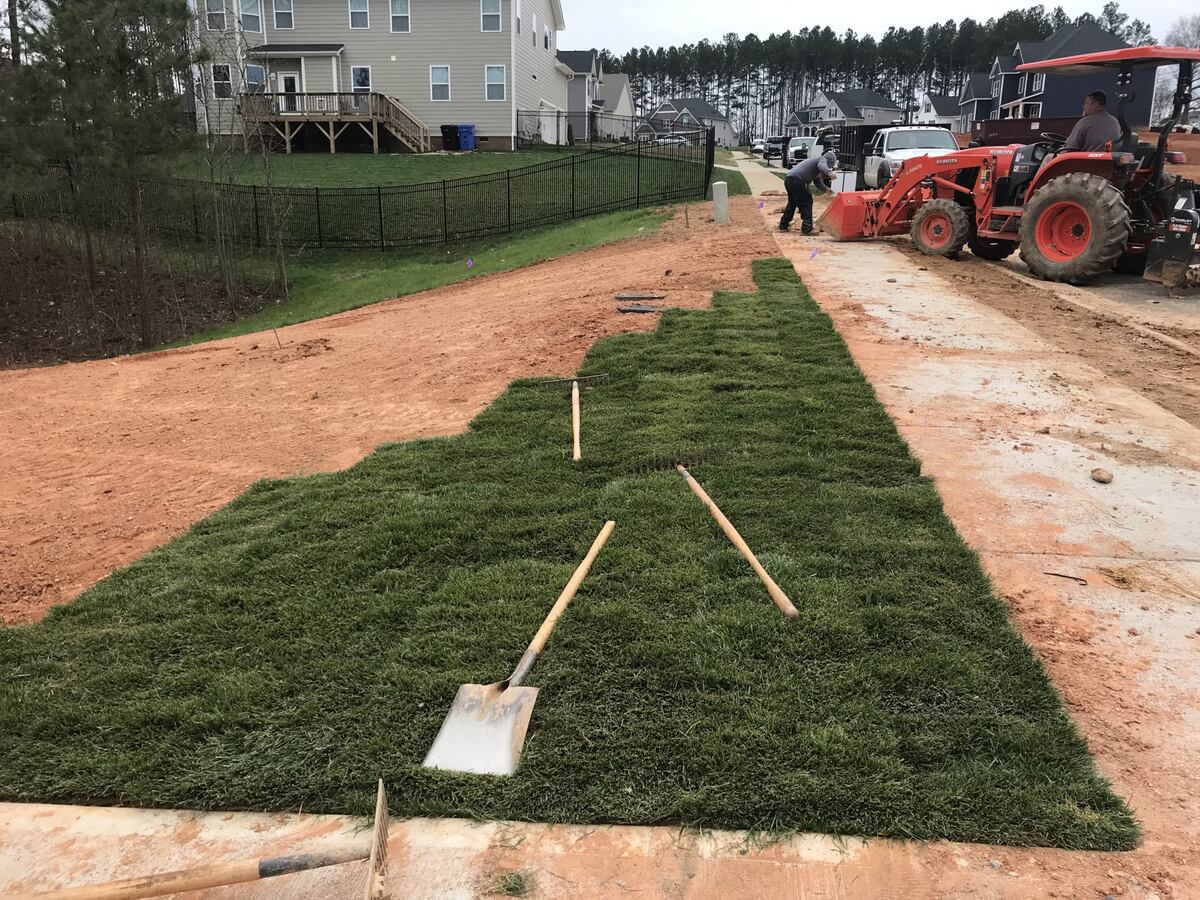
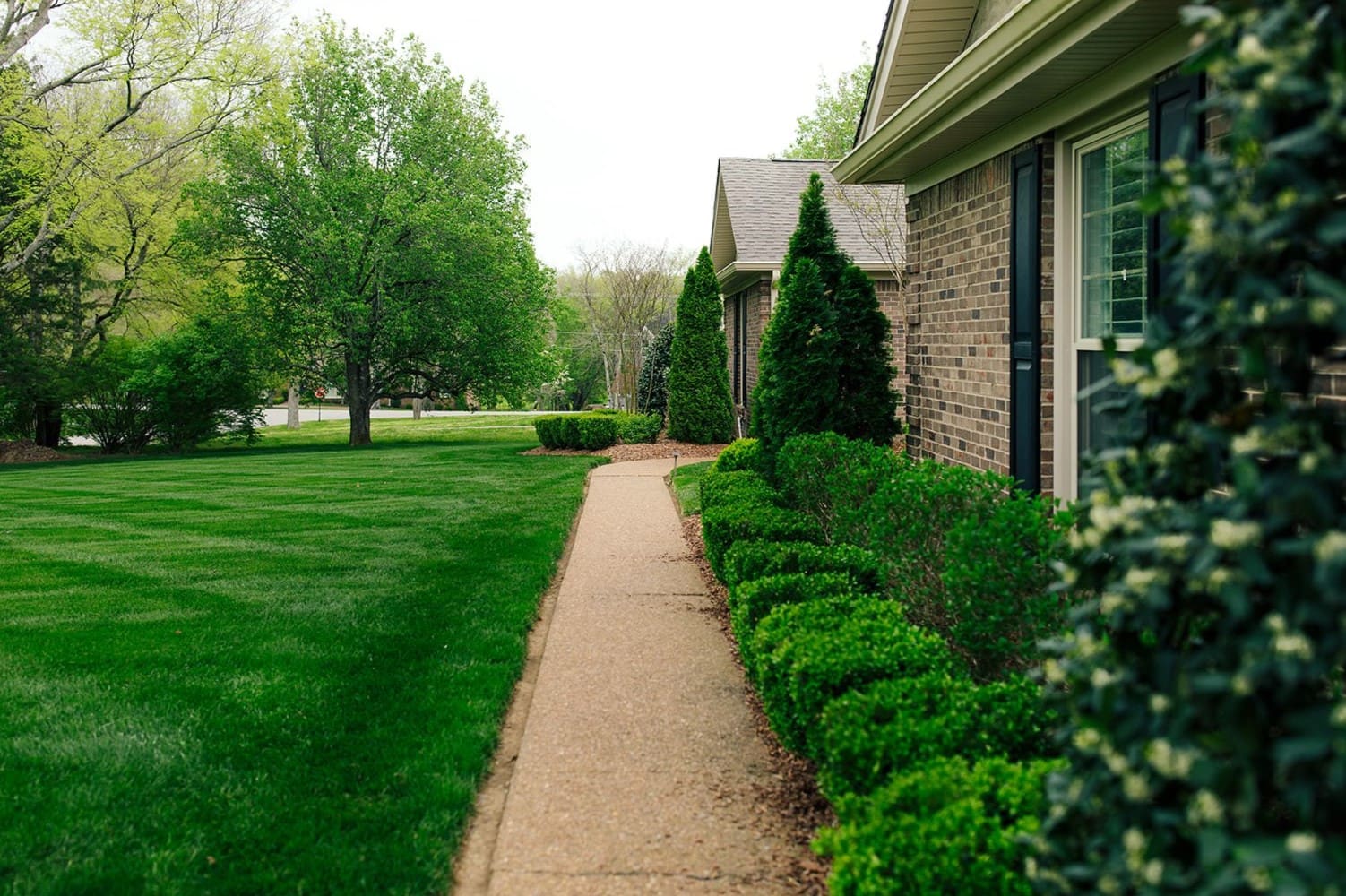
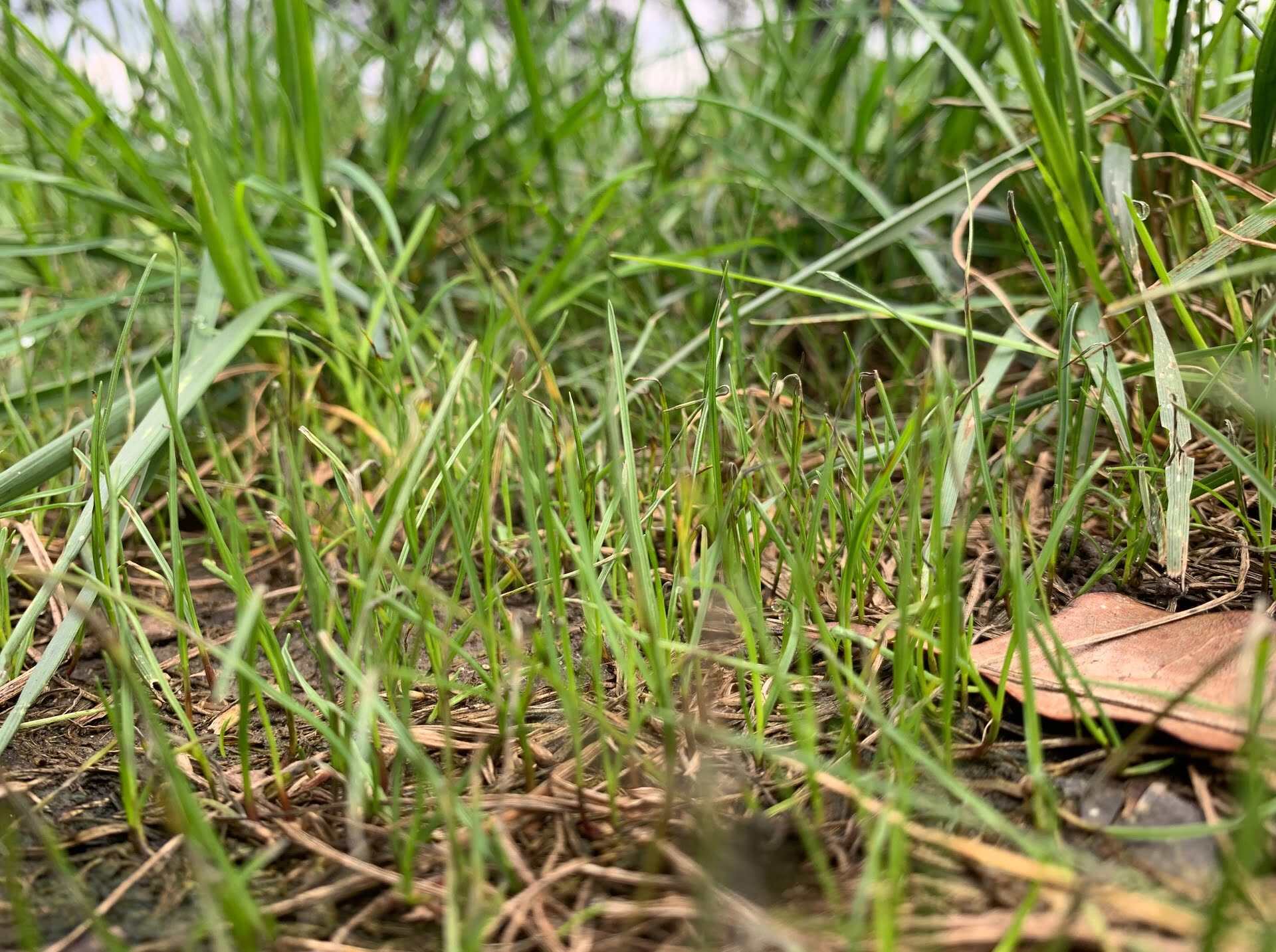

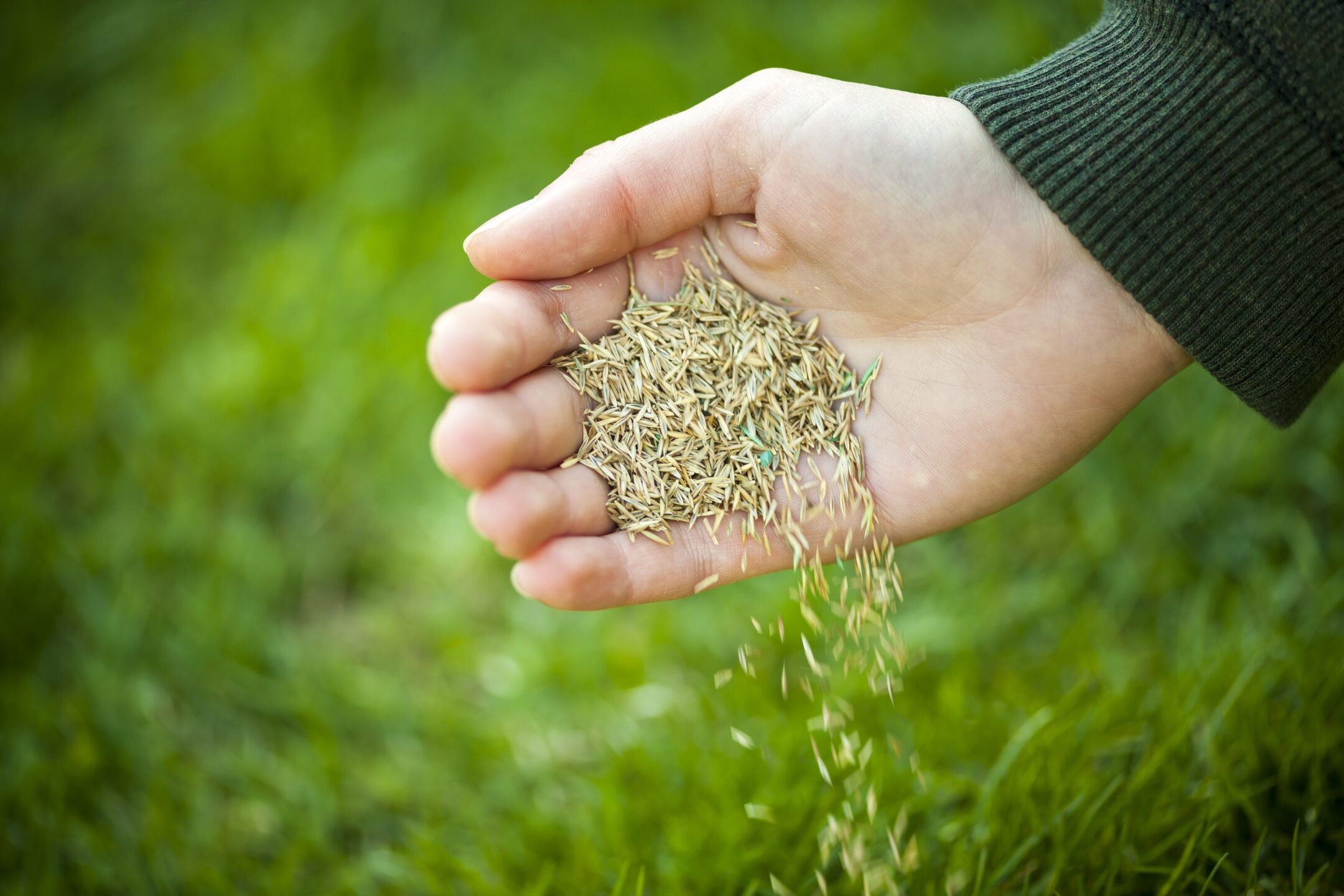


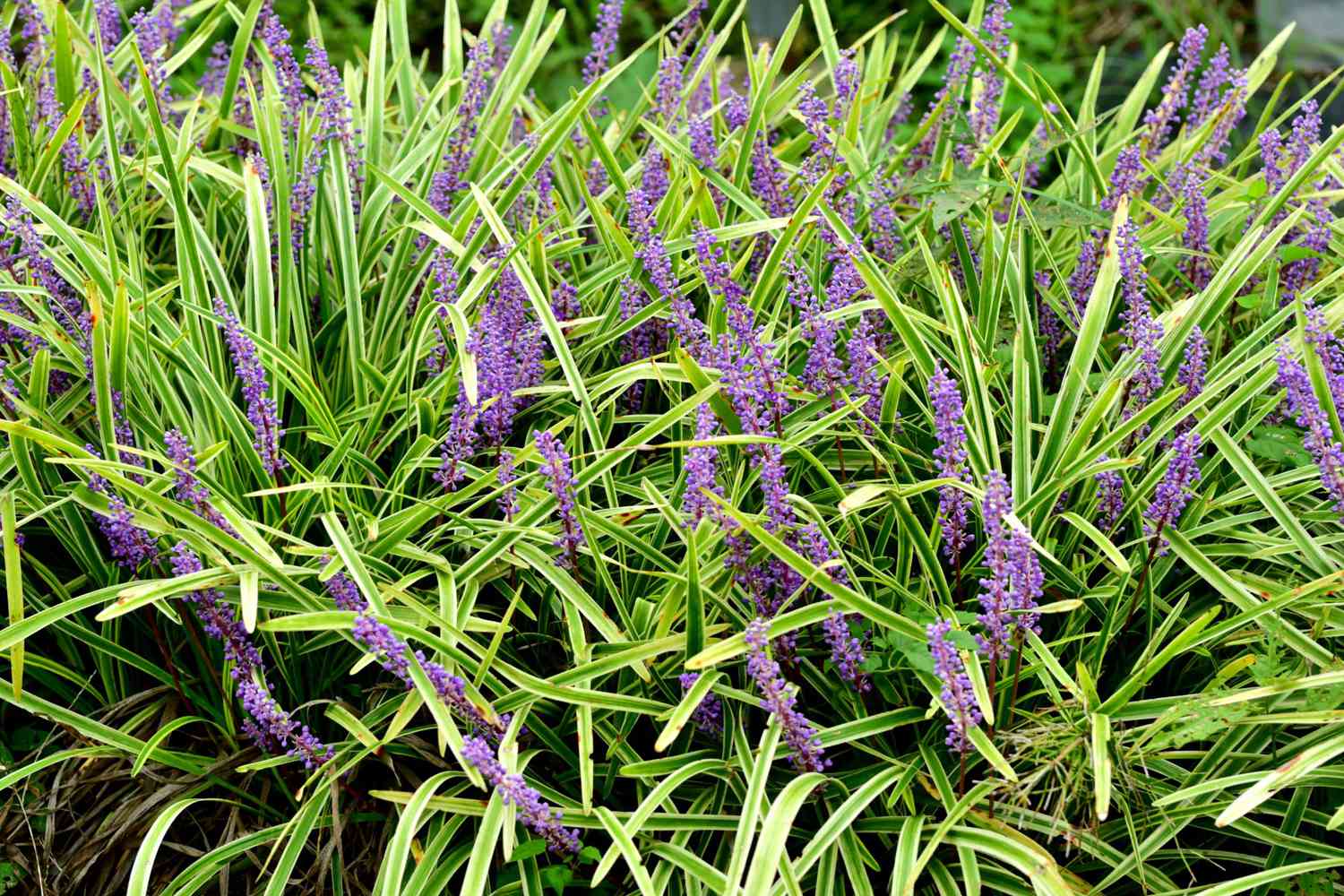
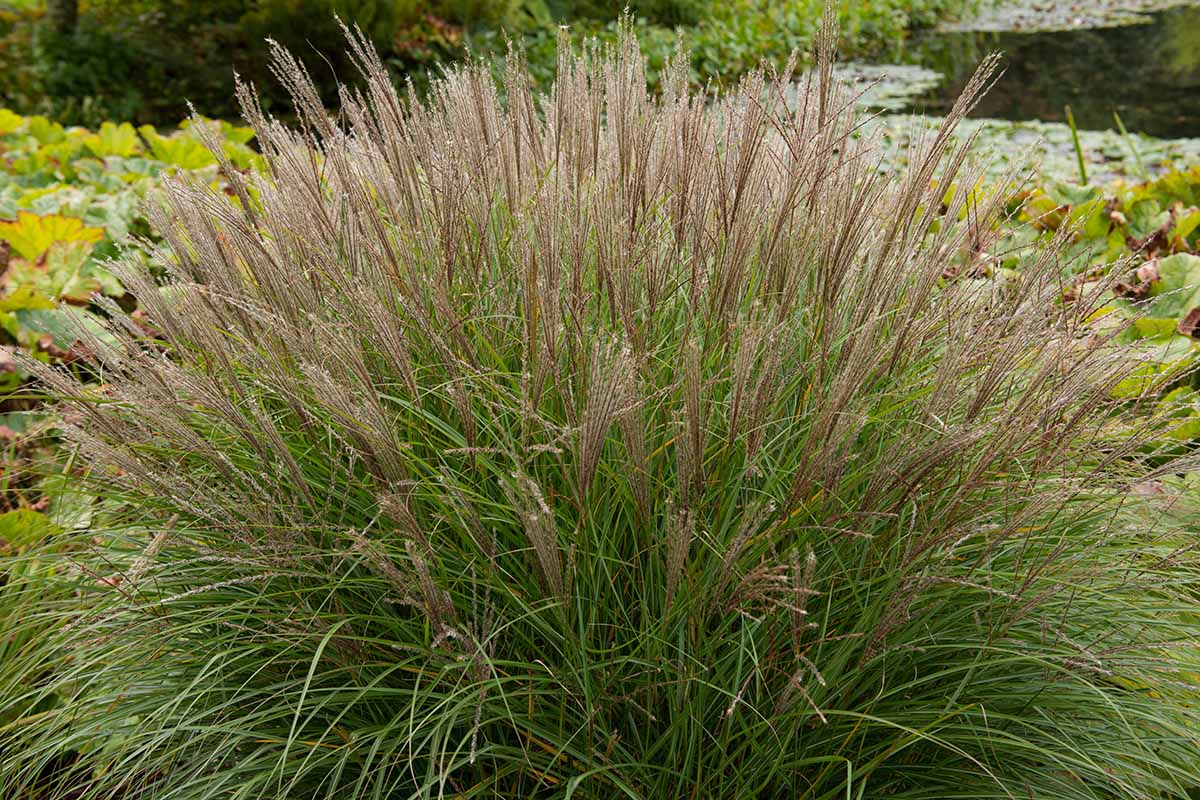
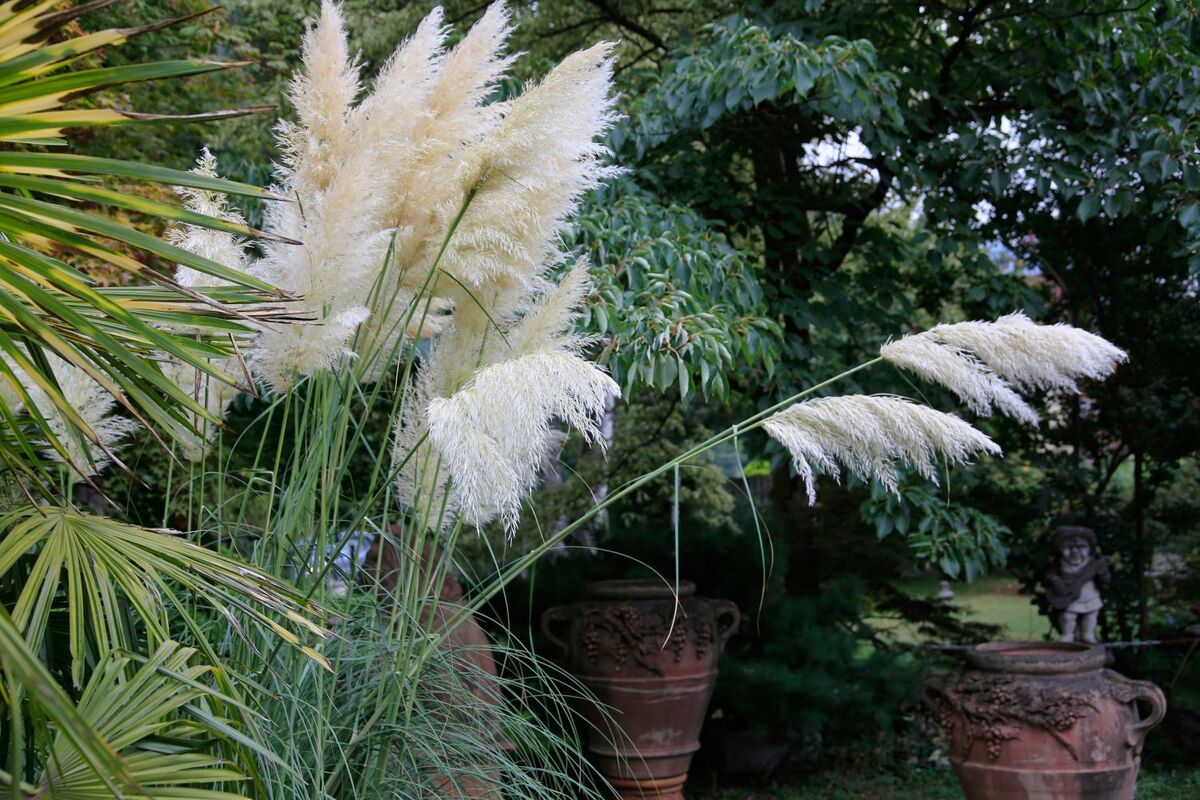



0 thoughts on “When To Plant Fescue Grass In Tennessee”